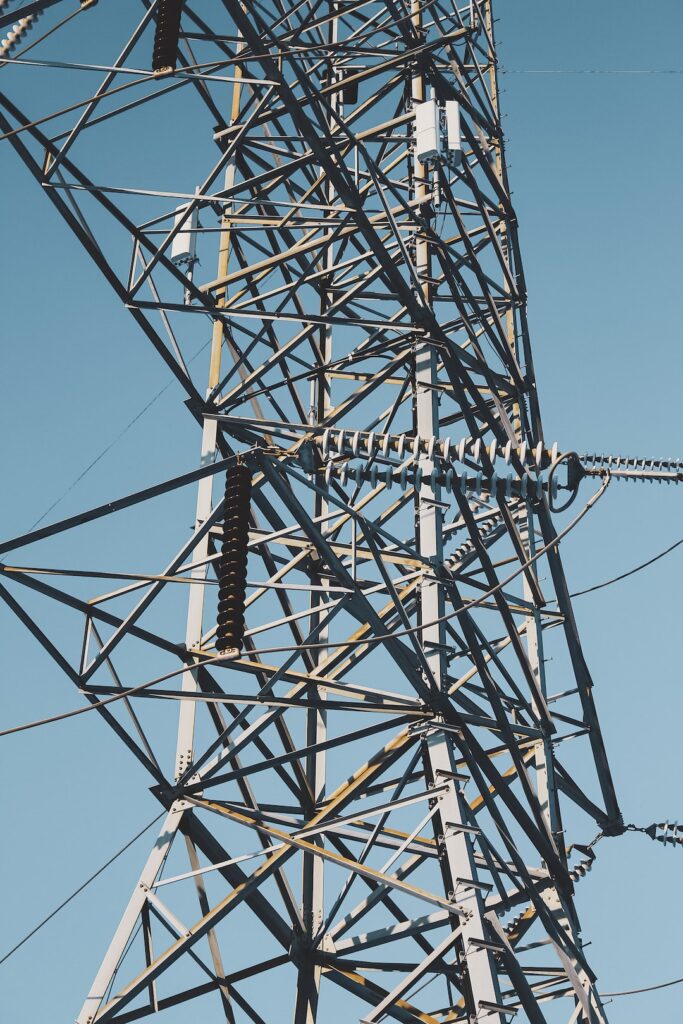Ohm’s Law Current Electricity : 10 Questions and its Solution
Ohm’s Law is one of the fundamental principles in the field of electricity and magnetism. Understanding Ohm’s Law is crucial for anyone studying physics, especially in Grade 10. This law provides insight into the relationship between voltage, current, and resistance in an electrical circuit. In this comprehensive guide, we will explore Ohm’s Law, explain its significance, and present ten problems related to current electricity, along with their solutions. These problems will vary in complexity, with the last four being more challenging.
The Basics of Ohm’s Law
Voltage, Current, and Resistance
At its core, Ohm’s Law relates three key components of an electrical circuit:
- Voltage (V): This is the electrical potential difference between two points in a circuit and is measured in volts (V). It represents the “push” of electrons in the circuit.
- Current (I): Current is the flow of electric charge in a circuit and is measured in amperes (A). It represents the rate at which charge (electrons) moves through a conductor.
- Resistance (R): Resistance is the opposition to the flow of electric current and is measured in ohms (Ω). It quantifies how difficult it is for current to pass through a component.
Ohm’s Law Equation
Ohm’s Law is expressed through a simple equation:
V = I * R
This equation states that the voltage across a component (V) is directly proportional to the current passing through it (I) and inversely proportional to the resistance (R) of the component. In other words, the voltage drop is equal to the product of current and resistance.
Challenging Problems
Problem 1
Question: In a circuit, the voltage is 12 volts, and the resistance is 4 ohms. Calculate the current flowing through the circuit.
Solution:
Using Ohm’s Law:
V = I * R
We can rearrange the equation to solve for current (I):
I = V / R
Substitute the given values:
I = 12 V / 4 Ω = 3 A
So, the current flowing through the circuit is 3 amperes.
Problem 2
Question: A circuit has a current of 0.5 amperes and a resistance of 10 ohms. Calculate the voltage across the circuit.
Solution:
Again, using Ohm’s Law:
V = I * R
Substitute the given values:
V = 0.5 A * 10 Ω = 5 V
The voltage across the circuit is 5 volts.
Problem 3
Question: A resistor has a voltage of 24 volts across it, and the current passing through it is 6 amperes. Determine the resistance of the resistor.
Solution:
Once more, using Ohm’s Law:
V = I * R
Rearrange the equation to solve for resistance (R):
R = V / I
Substitute the given values:
R = 24 V / 6 A = 4 Ω
The resistance of the resistor is 4 ohms.
Problem 4
Question: Two resistors with resistances of 3 ohms and 6 ohms are connected in series. Calculate the total resistance of the combination.
Solution:
In a series circuit, the total resistance is the sum of the individual resistances. Therefore, for this combination:
Total Resistance = 3 Ω + 6 Ω = 9 Ω
The total resistance of the combination is 9 ohms.
Problem 5
Question: A circuit consists of three resistors with resistances of 5 ohms, 8 ohms, and 12 ohms connected in parallel. Calculate the equivalent resistance of the circuit.
Solution:
In a parallel circuit, the reciprocal of the total resistance is the sum of the reciprocals of the individual resistances. Therefore, for this combination:
1 / Total Resistance = 1 / 5 Ω + 1 / 8 Ω + 1 / 12 Ω
Calculate the sum of these reciprocals:
1 / Total Resistance = (24 + 15 + 10) / 120 Ω
1 / Total Resistance = 49 / 120 Ω
Now, find the reciprocal of this value to get the equivalent resistance:
Total Resistance = 120 Ω / 49 ≈ 2.45 Ω
The equivalent resistance of the circuit is approximately 2.45 ohms.
Problem 6
Question: A circuit has a voltage of 18 volts and a total resistance of 9 ohms. Determine the current passing through the circuit.
Solution:
Using Ohm’s Law:
V = I * R
Rearrange the equation to solve for current (I):
I = V / R
Substitute the given values:
I = 18 V / 9 Ω = 2 A
The current passing through the circuit is 2 amperes.
Problem 7
Question: A heating element has a resistance of 20 ohms, and it operates at a voltage of 120 volts. Calculate the power dissipated as heat by the heating element.
Solution:
We can calculate the power using the formula:
P = V^2 / R
Substitute the given values:
P = (120 V)^2 / 20 Ω = 7200 W
The power dissipated as heat by the heating element is 7200 watts.
Problem 8
Question: A circuit has a resistance of 8 ohms, and the power dissipated as heat is 32 watts. Calculate the current flowing through the circuit.
Solution:
We can use the formula for power:
P = I^2 * R
Rearrange the equation to solve for current (I):
I = √(P / R)
Substitute the given values:
I = √(32 W / 8 Ω) = √4 A = 2 A
The current flowing through the circuit is 2 amperes.
Problem 9
Question: A light bulb has a resistance of 60 ohms and is connected to a 120-volt power source. Calculate the power consumed by the light bulb.
Solution:
We can use the formula for power:
P = V^2 / R
Substitute the given values:
P = (120 V)^2 / 60 Ω = 240 W
The power consumed by the light bulb is 240 watts.
Problem 10
Question: In a complex circuit, there are multiple resistors and components connected in series and parallel. The total resistance of the circuit is 15 ohms, and the voltage across it is 60 volts. Calculate the current passing through the circuit and the power dissipated as heat.
Solution:
First, calculate the current using Ohm’s Law:
I = V / R
I = 60 V / 15 Ω = 4 A
Now, calculate the power using the formula for power:
P = I^2 * R
P = (4 A)^2 * 15 Ω = 240 W
The current passing through the circuit is 4 amperes, and the power dissipated as heat is 240 watts.


